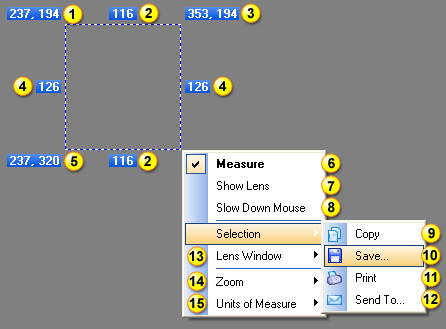

Note that in the command above, we don’t modify the file /etc/apt/sources.list, but instead we create a new file /etc/apt//kali-experimental.list. For example, enabling kali-experimental is done with the command: :~$ echo "deb kali-experimental main contrib non-free non-free-firmware" | sudo tee /etc/apt//kali-experimental.list If you prefer, you can also enable those branches manually from the command-line. kali-bleeding-edge - packages automatically updated from upstream git repositoriesĮnabling or disabling those branches is best done using the command-line tool kali-tweaks, under the Network Repositories section:.kali-experimental - packages which are under testing or work in progress.We discourage using it in addition to kali-last-snapshot unless you know exactly what you’re doing. In practice though, they are meant to be used in addition to kali-rolling. In theory, it’s possible to enable those regardless of the main branch you use. Kali also proposes additional branches for special cases. Note that such a change is effective only after running sudo apt update. kali-last-snapshot - point release so more “stable” & the “safest”Įnabling the kali-rolling branch is done with the command: :~$ echo "deb kali-rolling main contrib non-free non-free-firmware" | sudo tee /etc/apt/sources.listĮnabling the kali-last-snapshot branch is done with the command: :~$ echo "deb kali-last-snapshot main contrib non-free non-free-firmware" | sudo tee /etc/apt/sources.list.kali-rolling - default & frequently updated.Kali has two main branches to choose from (please take the time to read which one would be the best option for your setup): Since Kali 2020.3, after Kali’s setup is complete, network repositories will be enabled by default, even if there was no network access during installation. You will probably want to read the “switching branches” section to alter this. This may happen for any number of reasons, such as:

Where zoommy 40 sources list install#
If the output doesn’t exactly match up to the above output, you may not be able to install any new additional packages or receive updates. On a standard, clean install of Kali Linux, with network access, you should have the following entry present in /etc/apt/sources.list: :~$ grep -v '#' /etc/apt/sources.list | sort -uĭeb kali-rolling main contrib non-free non-free-firmware Please take the time to read the information below and any references which is linked to before acting on anything. It is an item which people often get wrong and confused with. The topic of repositories is always a large one, and comes up frequently.


 0 kommentar(er)
0 kommentar(er)
